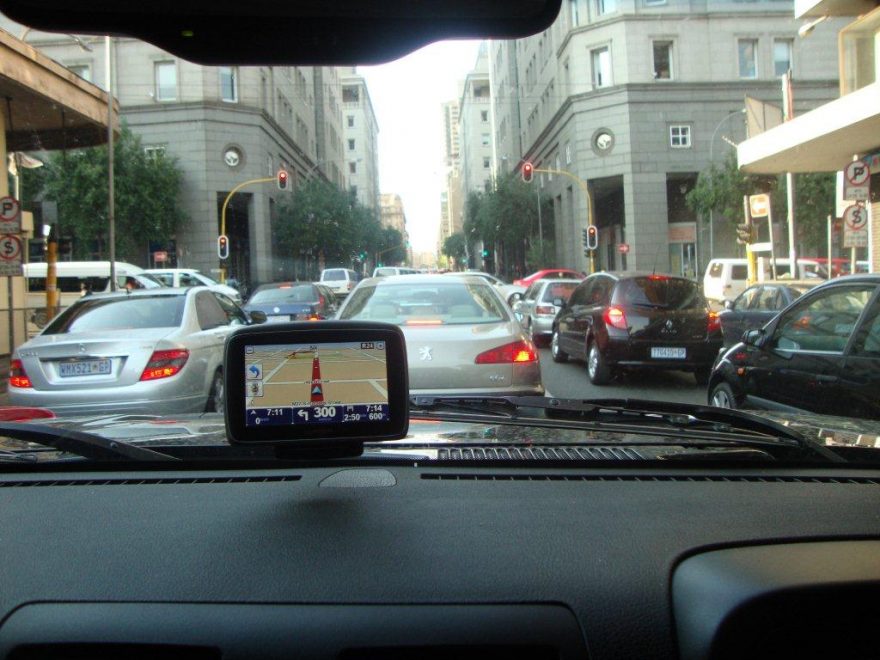~ TomTom’s Annual Congestion Index identifies traffic congestion hot spots across 161 cities around the world and shows Moscow as the most congested city~
Johannesburg, 4 April 2013– TomTom today announces the results of its 2012 Congestion Index, which measures traffic congestion in 161 cities across five continents and compares it to congestion levels in 2011. The Annual Congestion Index finds that South Africa has an overall congestion level of 25% (therefore, the average journey in congestion will take approximately 25% longer)
On average, journey times in Johannesburg are increased by as much as 30% and a delay of 43 minutes can be expected when driving in peak periods. TomTom’s Congestion Index, including individual continent and city reports, can be found at www.tomtom.com/congestionindex.
TomTom’s Congestion Index is the world’s most accurate barometer of congestion in urban areas. The Index is uniquely based on real travel time data captured by vehicles driving the entire road network. TomTom’s traffic database contains over six trillion data measurements and is growing by five billion measurements every day.
The top ten most congested global cities, ranked by overall Congestion Level, in 2012 are:
- Moscow 66%
- Istanbul 55%
- Warsaw 42%
- Marseille 40%
- Palermo 39%
- Los Angeles 33%
- Sydney 33%
- Stuttgart 33%
- Paris 33%
- Rome 33%
In comparison to the 2012 Congestion Index, levels have decreased. This decline can mainly be attributed to continuous road improvements:
| Area | 2011 | 2012 |
| Johannesburg | 32% | 30% |
| Cape Town | 27% | 26% |
| Pretoria | * | 26% |
| East Rand North | * | 25% |
| East Rand South | * | 23% |
| Durban | 16% | 18% |
*These cities/towns were not measured in the 2012 survey
“TomTom’s Annual Congestion Index provides accurate insight into the world’s most congested cities, said Daan Henderickx, Country Manager from TomTom South Africa. “This detailed knowledge of the entire road network, helps businesses and governments make more informed decisions about how best to tackle and avoid congestion. TomTom’s world-class traffic information also helps drivers get to their destinations faster. Significantly, when used on a large scale, TomTom Traffic has the potential to ease congestion in cities and urban areas by routing drivers away from congested areas”
Notes to Editor
About the TomTom Congestion Index
The methodology used in the Congestion Index compares measured travel times during non-congested periods (free flow) with travel times in peak hours. The difference is expressed as a percentage increase in travel time. The Index takes into account local roads, arterials, as well as highways. All data is based on actual GPS based measurements.
As well as assigning and ranking the overall congestion levels of over 161 cities around the world, the report analyses the congestion levels in cities at different times of the day and on different days of the week. TomTom analysed capital cities as well as cities with a population of over 800,000. In addition, a selection of key cities with smaller populations was included based on their regional importance to the transportation network. The purpose of adding these smaller cities was to provide a better understanding of congestion levels within individual countries.
Individual city reports include more detailed information such as the most congested day, time delay per year for commuters and congestion levels on main and secondary roads.
Separate European, North American, Australia/New Zealand and South Africa Congestion Index reports are available.
To download the Congestion Index reports, go to www.tomtom.com/congestionindex .

